Welcome back to my intermittent series: Turning Points, where I investigate the illusions (and delusions) involved when looking back on the Greats of Art History. As one of my favorite quotes about social media goes “Don’t compare your whole life to someone’s highlight reel” and that is very true of how we think of the Masters (capital M). These artists were as human as we are, and they had failures just like we do. Sometimes they were not even successes in their own lifetimes. Art History glosses over these dips and gives us an image of a career in a straight line. But memory is fickle and being remembered beyond your death is as much luck of what a curator decides to dig out of an archive as much as it is an artist’s skill. And while there are some depressing stories among the triumphs in these tales, overall that’s the takeaway I want everyone to get from these: You can’t control what happens after your death. We have almost no control over our “artistic legacies”. You can’t control what people will remember or how they will remember it. Hone your craft and enjoy your skill in your lifetime for your own satisfaction, that’s the path to being a fulfilled artist.
Here’s some of the previous articles in the series:
And now, in honor of the Manet/Degas show currently at The Met in NYC, we’re going to talk about Manet. Especially focusing on his “Olympia”.
Today we think of Manet as a Master. He is the bridge between the history of “realistic” art stretching back towards the renaissance masters on one side, and the Impressionists on the other. Some people call him the “Father of Modern Art”. I heard over and over again in my art history classes that without Manet prying open the door we’d never have a Degas or Monet or Van Gogh. Manet not only loosened up brushstrokes and started the steady march to greater abstraction, but he also broke convention by highlighting working class, common people in contemporary settings. Looking back, from the other side of Impressionism, this seems inevitable. but the point of this series is to look at “Masters” when they were just artists working out their art—way before anyone thought of them as Masters. So what was it like for Manet when he was creating art?
Reading contemporary accounts of Manet reminds me a lot of contemporary accounts of Sargent. They were both painters that took on very controversial subjects, but then seemed surprised and frustrated and offended when they met resistance. Manet submitted work to the infamous Paris Salon again and again — the bastion of realistic classical painting at the time — and then set out to paint things that the Salon would absolutely hate. Like “The Luncheon on the Grass”, which absolutely appalled the Salon in 1863 for taking the female nude out of classical, respectable settings and putting her in a contemporary scene.
Now don’t misunderstand me, I applaud Manet’s determination to push the envelope. What I am surprised by was his surprise at the pushback he received. He really seemed to be simultaneously yearning for the Salon’s approval, yet making paintings which would infuriate the establishment again and again.
In 1865, Manet entered Olympia into the Salon. And it was accepted! But the critics went so absolutely insane in horror that it was rehung close to the ceiling to be out of reach of people who wanted to attack it. To put it in context, Manet took a classic pose in art history, the Venus reclined trope, and put a sex worker in the goddess’s place. A sex worker that was confidently staring you down, not gazing coyly through her lashes. And painted a Black woman into it as well. People really couldn’t handle it. That’s not shocking. What’s shocking is that Manet was so surprised he wrote to Baudelaire — an author famous for scandalizing people — to say, pretty much, Can you believe people? And Baudelaire wrote back and said, pretty much, Well, what did you expect, dude? Actually, he said “Do you think you are the first man put in this predicament?” but that’s close enough.
Art critic Jerry Saltz did an interesting article on Olympia and how she was received here.
This painting, this artist, was absolutely reviled by most critics and the established artists of his day. After Olympia he was rejected again by the Salon and had to show his works in his own open studio show. This happened over and over again. And yet a group of younger artists were absolutely inspired by his daring and his brushwork, and those artists went on to become the first Impressionists. Manet was even a little embarrassed by their idolization of him at the time. And much of their art was reviled by the same critics, fans, and establishment. By the end of Manet’s life the art world had begun to come around a bit—his exhibitions became very popular and he finally won a medal at the Salon. But he certainly was not considered a Master in his lifetime, except by even more controversial artists like Renoir and Manet. And now they are considered Masters, and Manet the Master that opened the door for them. And this painting that was nearly ripped off the wall at the Salon in 1865 is now a painting that is such a national treasure to France that the Musee D’Orsay rarely lends it out, and it has become the most famous piece in an absolutely blockbuster show at one of the most famous museums in the world.
So go ahead, make the art that you believe in, and don’t worry if the contemporary critics don’t get it, you’re in good company there.


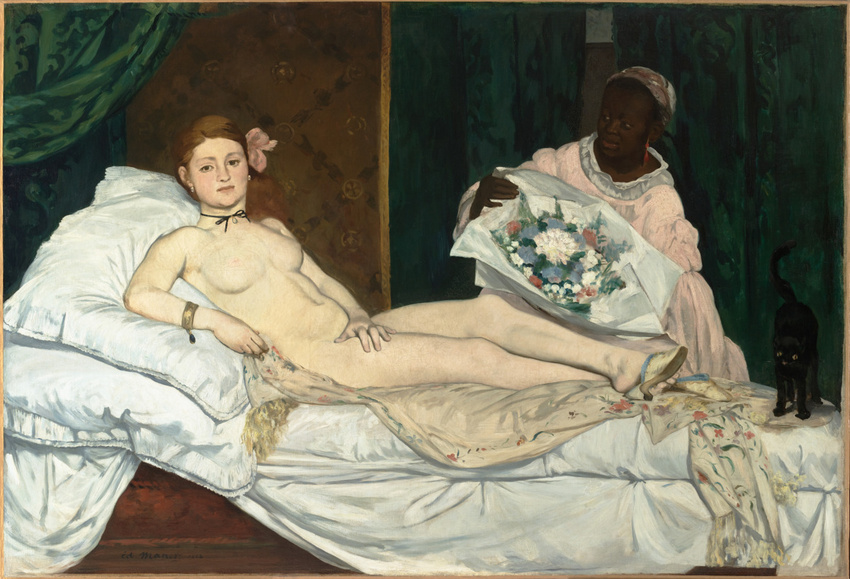

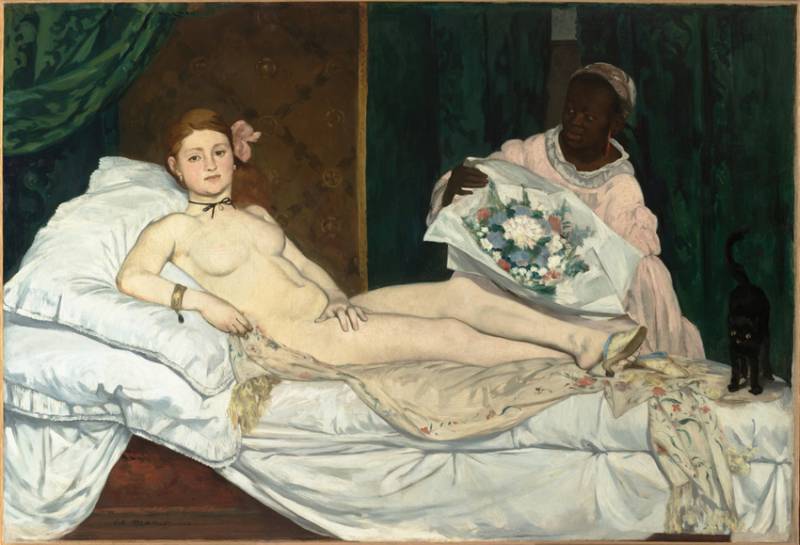

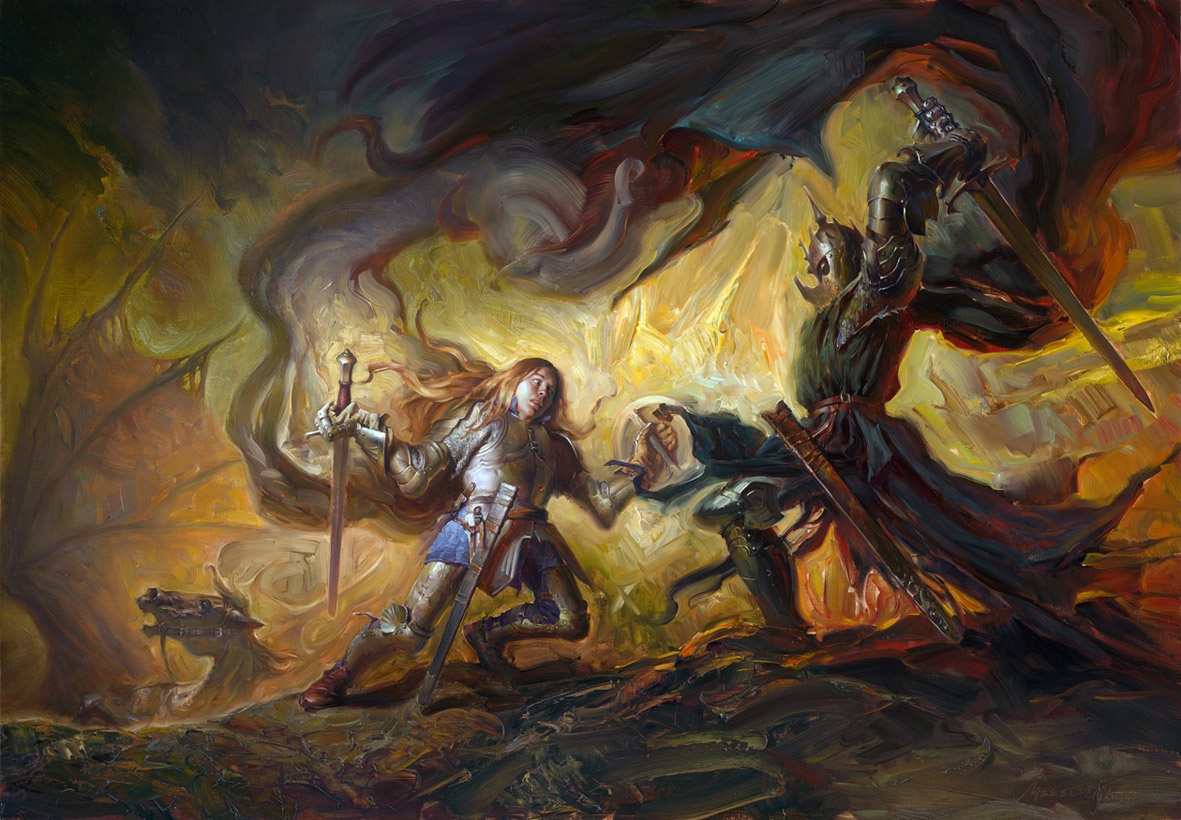
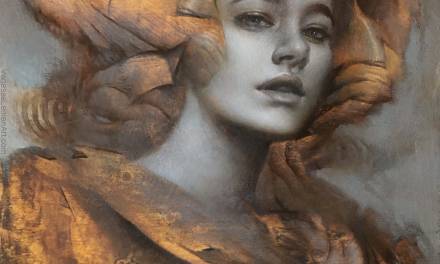
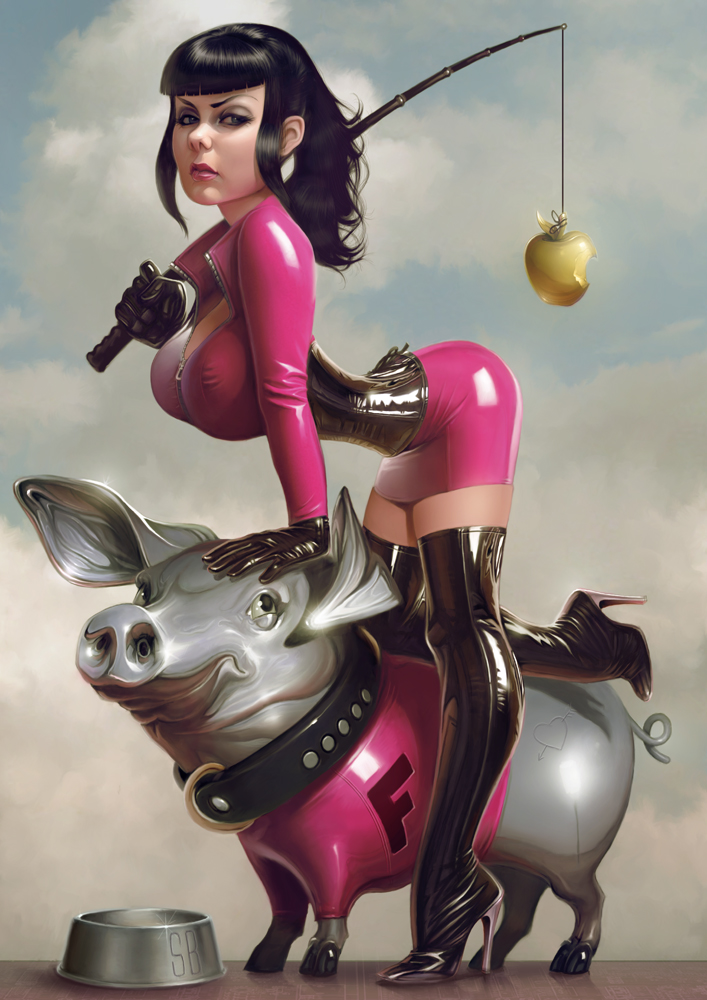

INSPIRING.
THANK YOU, LAUREN.
<3 you're welcome!
I have forever loved this series of articles! Thank you so much , Lauren 🙂
Thank you so much! So glad you’re enjoying them
Fascinating, informative, and unafraid of a bit of controversy which is part and parcel of loaded subject matter–the perfect post, Lauren! Went back and read your other referenced posts here as well. (Love the “no stilettos” rule lol!) You may remember from some comments a long ways back on MC, that since I studied Orientalism and the Western gaze of the East (including but not limited to portrayals in art) in graduate studies, that has always been a valuable topic for me. Male gaze vs Female gaze is similarly controversial, fascinating, and important to understand–so much overlap between orthodox Male gaze and Orientalist gaze markers. Always enjoy your posts on MC, wishing you Happy Holidays!